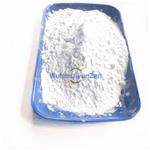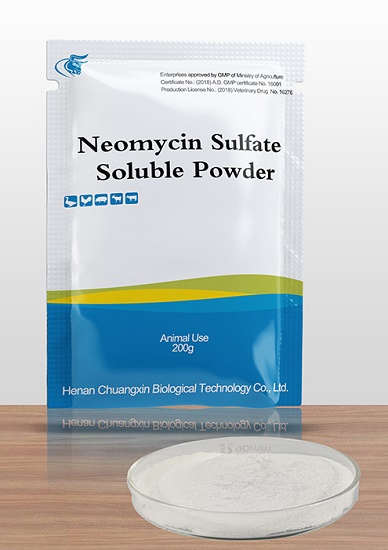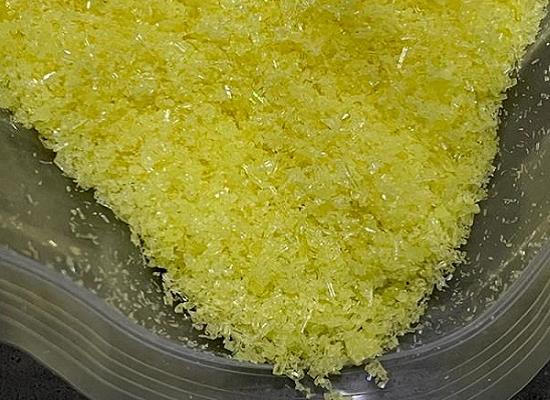What is Glucagon?
Origin
Following the discovery of insulin by Banting and Best in 1921, a need arose for low-cost methods to rapidly isolate safe preparations of insulin from the pancreas. After that, in 1920, Kimball and Mullin isolated a substance from the pancreas and found that it could induce high blood sugar in dogs and rabbits. In 1923, Kimball and Murlin reported that identified a substance in pancreatic extracts that caused hyperglycaemia, which they named glucagon. Glucagon is the existence of a pancreatic factor other than insulin with effects on glucose homeostasis (GLUCose-AGONist)[1].

Physiological effect
Glucagon is a peptide of 29 amino acids with a variety of biological actions including, but not limited to, glucose homeostasis. It could stimulate glycogenolysis and gluconeogenesis and thus act in opposition to the glucose-lowering effects of insulin. Its physiological effects are very interesting. Glucagon receptor antagonism reduces blood glucose in patients with type 2 diabetes, and glucagon co-agonism (with, e.g., an incretin hormone) reduces body weight in overweight type 2 diabetes patients[2]. Since antagonizing its actions affects fasting but not postprandial blood glucose levels, glucagon ́ diabetogenic effect is relatively high.
Glucagon is secreted in response to a variety of metabolic signals such as changes in blood glucose concentrations, certain amino acids, perhaps free fatty acids, and in response to stress (e.g., activation of the sympathetic nervous system). In humans, blood glucose levels are reciprocally correlated to glucagon secretion. Nowadays, exogenous glucagon is used to treat severe hypoglycaemia in T1DM. Not all individuals with T2DM have fasting hyperglucagonaemia, and some individuals with obesity and normal glucose tolerance have hyperglucagonaemia.
Limitation
A major limitation to the study of glucagon physiology and pathophysiology has been the hitherto limited accuracy of many immunoassays used to measure glucagon[3]. Falsely increased glucagon immunoreactivity may be due to degradation of circulating glucagon-containing molecules. Another explanation may be insufficient specificity. Therefore, the term hyperglucagonemia may not in all cases relate to increased plasma concentrations of bioactive glucagon but may as well be ascribed to preanalytical and analytical challenges.
References
[1] A century of glucagon. Nature Reviews Endocrinology, 2023; 19: 311.
[2] Janah, et al. Glucagon Receptor Signaling and Glucagon Resistance. International Journal of Molecular Sciences, 2019; 20.
[3] Sélley E, et al. Vasodilator Effect of Glucagon: Receptorial Crosstalk Among Glucagon, GLP-1, and Receptor for Glucagon and GLP-1. Hormone and Metabolic Research, 2016; 48: 476-483.
You may like
Related articles And Qustion
See also
Lastest Price from Glucagon manufacturers

US $1.00/g2025-09-11
- CAS:
- 16941-32-5
- Min. Order:
- 5g
- Purity:
- 99
- Supply Ability:
- 999

US $2.00-5.00/kg2025-06-20
- CAS:
- 16941-35-2
- Min. Order:
- 1kg
- Purity:
- 99%
- Supply Ability:
- 100kg



